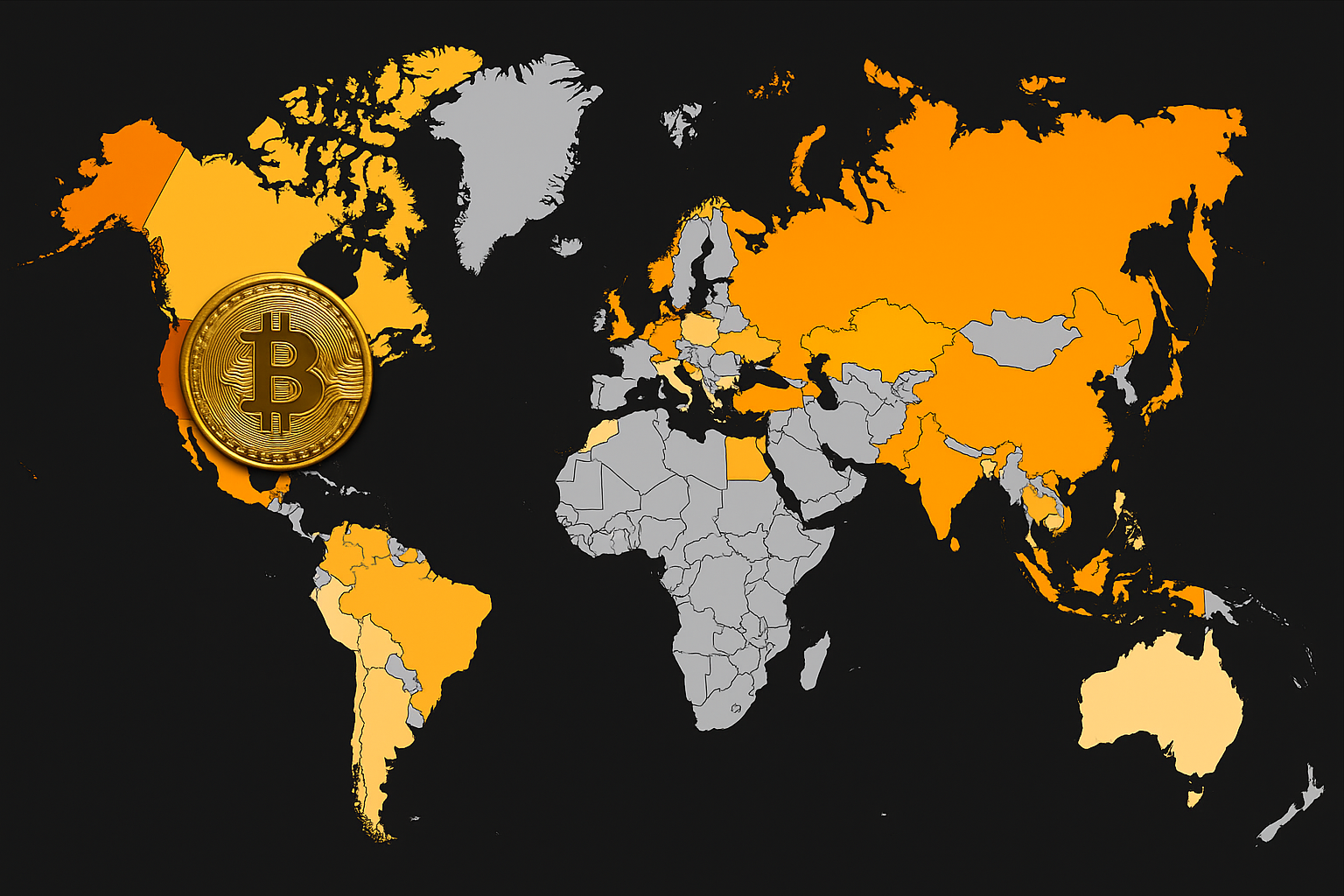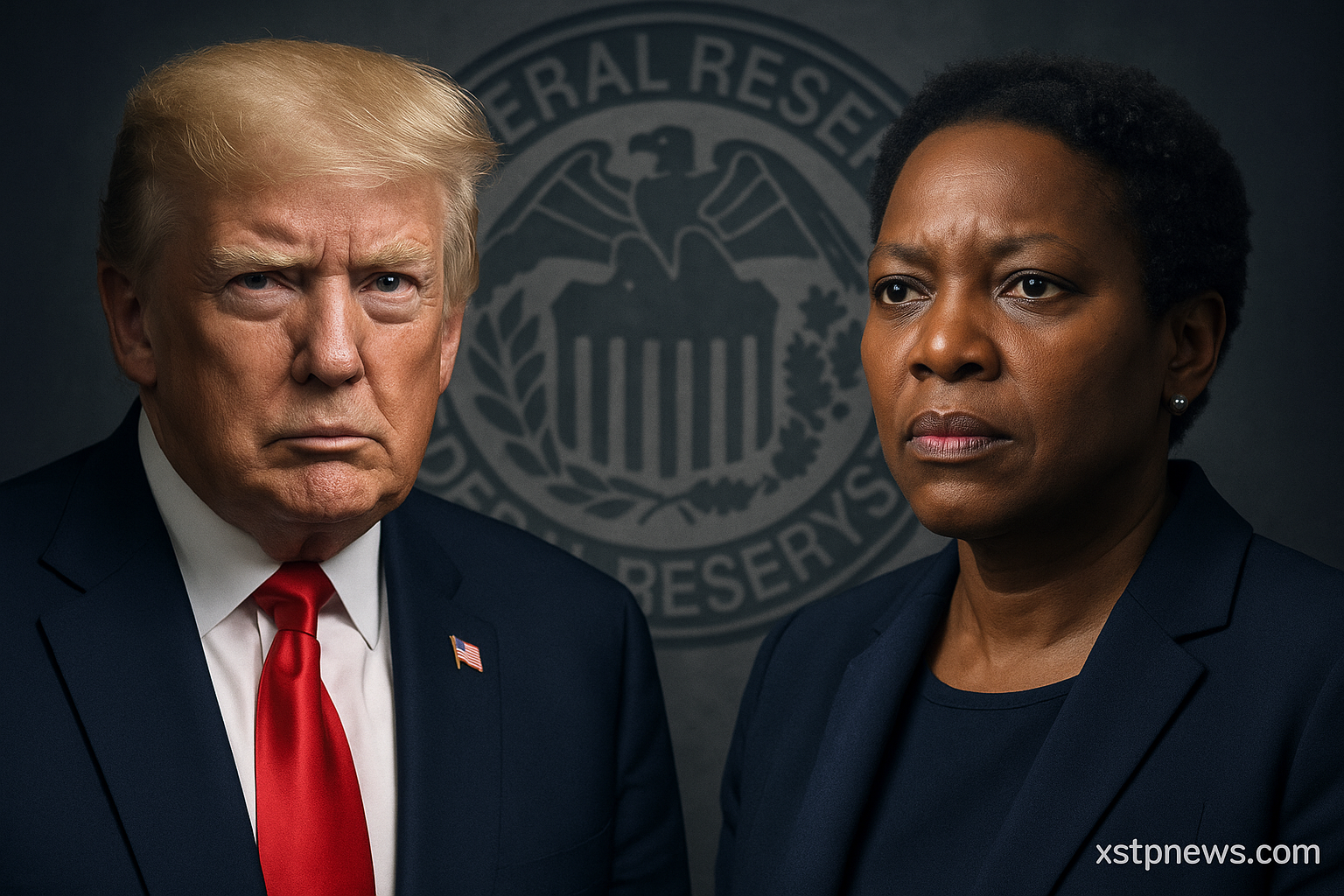The United States is currently the most dominant force in global Bitcoin mining. According to the Hashrate Index, the country is responsible for more than 36 percent of the total Bitcoin hash rate. No other nation comes close to this level of concentration.
This leadership is the result of a combination of factors. Miners in the U.S. benefit from a stable energy infrastructure, growing access to renewable sources, and a regulatory environment that is relatively predictable. Even though the legal framework continues to evolve, it still offers more clarity than what is found in many other regions.
Countries like Russia, China, and Kazakhstan continue to hold a meaningful share of the network. However, they have been losing ground. In many cases, regulatory crackdowns, energy shortages, or geopolitical tensions have made long-term mining operations more difficult to maintain.
The U.S. has become a natural alternative. It offers the scale, infrastructure, and investment environment that large mining companies need to grow. Several of the biggest mining farms now operate from American soil, particularly in states with low-cost electricity and crypto-friendly policies.
This centralization does raise questions. A high concentration of hash power in one country could create future risks. Regulatory changes, power grid disruptions, or shifts in political will could impact the entire network. Still, as of now, the United States remains the anchor of global mining activity.
The trend is clear. If no major changes occur, the U.S. is likely to continue leading Bitcoin mining throughout 2025 and possibly for years to come.








